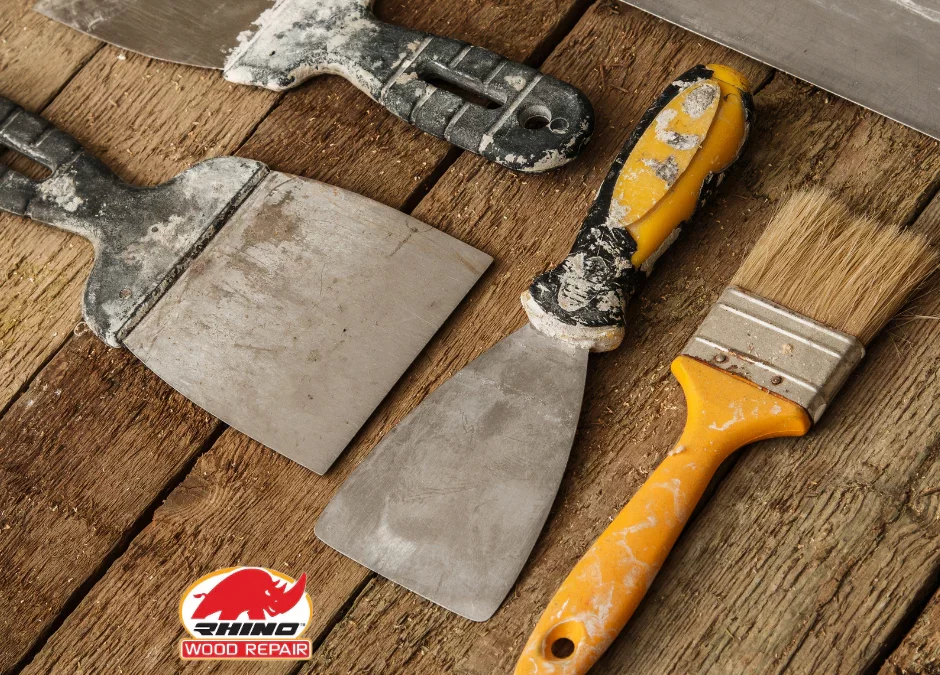When it comes to repairing and restoring wood surfaces, two common products you’ll encounter are wood filler and wood putty. While both serve the purpose of filling holes, cracks, and imperfections, they have distinct differences in their compositions, applications, and properties. In this comprehensive guide, we’ll explore the key distinctions between wood filler and wood putty, helping you choose the right product for your specific needs.
What is Wood Filler?
Composition and Characteristics
Wood filler is a versatile product made from a combination of wood fibres, binders, and fillers. It is designed to mimic the texture and appearance of natural wood, making it an ideal choice for repairing and blending into wood surfaces. Wood filler is typically available in a range of colours to match various wood tones.
Applications and Uses
Wood filler is commonly used for filling larger holes, cracks, and defects in wood surfaces. It can be used on furniture, doors, window frames, and other interior or exterior wood projects. Wood filler is particularly useful for repairing damaged areas that require a more substantial and long-lasting solution.
What is Wood Putty?
Composition and Characteristics
Wood putty, on the other hand, is a softer, more pliable material made from a blend of fillers, binders, and sometimes wax or oil. It is typically sold in a semi-solid or putty-like consistency, making it easier to work with and shape. Wood putty is available in various colours, but it is primarily intended for interior use.
Applications and Uses
Wood putty is best suited for filling small holes, dents, and imperfections in wood surfaces. It is commonly used for tasks like covering nail holes, filling minor cracks, and smoothing out rough edges. Wood putty is a popular choice for quick and easy repairs, as it can be easily sanded and painted over once dry.
Key Differences Between Wood Filler and Wood Putty
- Composition: Wood filler contains wood fibers, while wood putty is a softer, more pliable material made from fillers and binders.
- Strength and Durability: Wood filler forms a stronger and more durable bond with the wood surface, making it better suited for larger repairs that may be subject to stress or wear.
- Texture and Appearance: Wood filler is designed to closely mimic the texture and appearance of natural wood, while wood putty has a smoother, more uniform texture.
- Application: Wood filler is typically used for larger holes, cracks, and defects, while wood putty is better suited for smaller imperfections and quick repairs.
- Indoor/Outdoor Use: While wood filler can be used for both interior and exterior projects, wood putty is primarily recommended for indoor use.
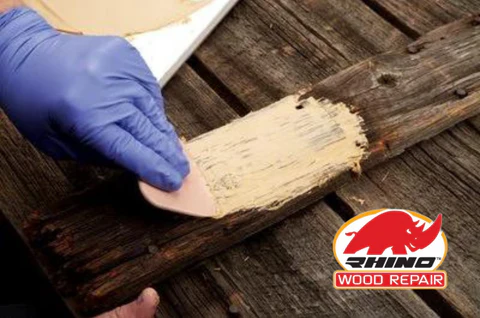
FAQs
- Can wood filler and wood putty be used interchangeably?
While both products serve a similar purpose, they are not interchangeable. Wood filler is better suited for larger, more substantial repairs, while wood putty is ideal for smaller, more cosmetic fixes. - How long does it take for wood filler and wood putty to dry?
Drying times can vary depending on the product and environmental conditions, but generally, wood putty dries faster than wood filler, making it a better choice for quick repairs. - Can wood filler and wood putty be sanded and painted over?
Yes, both wood filler and wood putty can be sanded and painted over once fully cured. However, wood filler may require more extensive sanding to achieve a smooth, consistent finish. - Are wood filler and wood putty suitable for outdoor use?
While wood filler is suitable for both indoor and outdoor projects, wood putty is primarily recommended for indoor use as it may not withstand harsh outdoor conditions as well as wood filler. - How do I choose the right colour for wood filler and wood putty?
Both products are available in various colours to match different wood tones. It’s essential to select a colour that closely matches the wood surface you’re working on for a seamless repair.
About the Author
Robin Pixner is the Owner and Chemist at Stellchem, the company behind the renowned Rhino Wood Repair brand. With years of experience in the wood restoration industry, Robin has developed a deep understanding of the unique needs and challenges faced by professionals and DIY enthusiasts alike. His commitment to quality and innovation has driven the creation of exceptional wood repair products, including the versatile Rhino Wood Repair line. Robin’s expertise and passion for his craft ensure that Stellchem continues to deliver solutions that exceed customer expectations.
By understanding the differences between wood filler and wood putty, you can make informed decisions and choose the right product for your specific wood repair and restoration needs. Whether you’re tackling larger repairs or minor touch-ups, Rhino Wood Repair by Stellchem offers a comprehensive range of high-quality solutions to help you achieve seamless and long-lasting results.
 Frequently Asked Questions
Frequently Asked Questions Videos
Videos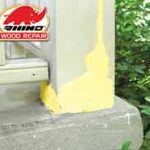 Colourful Chemist cooks up wood-repair product
Colourful Chemist cooks up wood-repair product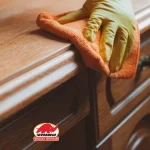 Custom Adhesive Epoxies & Formulations
Custom Adhesive Epoxies & Formulations THE SIMPLE SOLUTION TO A DIFFICULT PROBLEM.
THE SIMPLE SOLUTION TO A DIFFICULT PROBLEM.
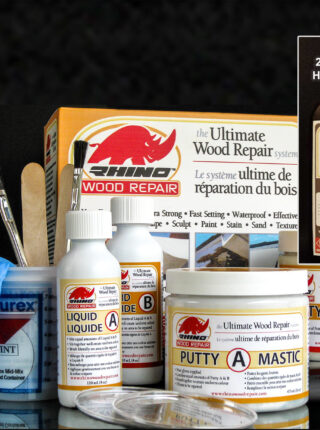
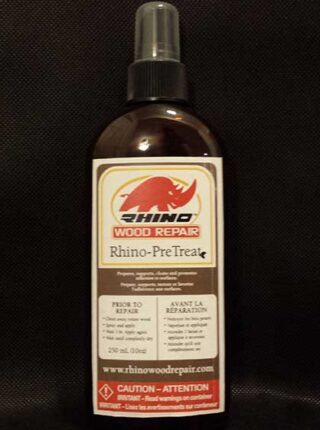
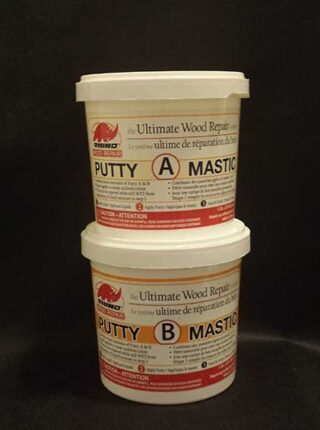
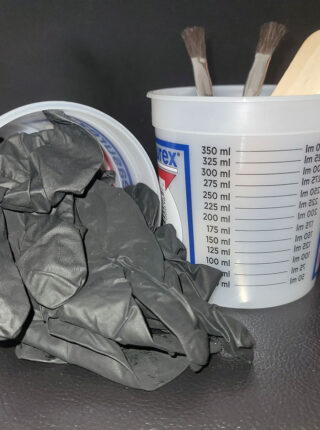
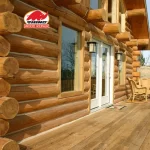 Rhino Wood Repair for Log Homes Looking to combat wood rot on your log home? Enter Rhino Wood Repair — the vanguard of wood restoration, with a legacy spanning over three decades. Led by Robin Pixner, a visionary in the field of wood preservation, our mission is simple yet profound: to breathe new life into aging wood, to fortify its strength, and to ensure that the legacy of log homes endures for generations to come.
Rhino Wood Repair for Log Homes Looking to combat wood rot on your log home? Enter Rhino Wood Repair — the vanguard of wood restoration, with a legacy spanning over three decades. Led by Robin Pixner, a visionary in the field of wood preservation, our mission is simple yet profound: to breathe new life into aging wood, to fortify its strength, and to ensure that the legacy of log homes endures for generations to come. Wood Epoxy
Wood Epoxy
